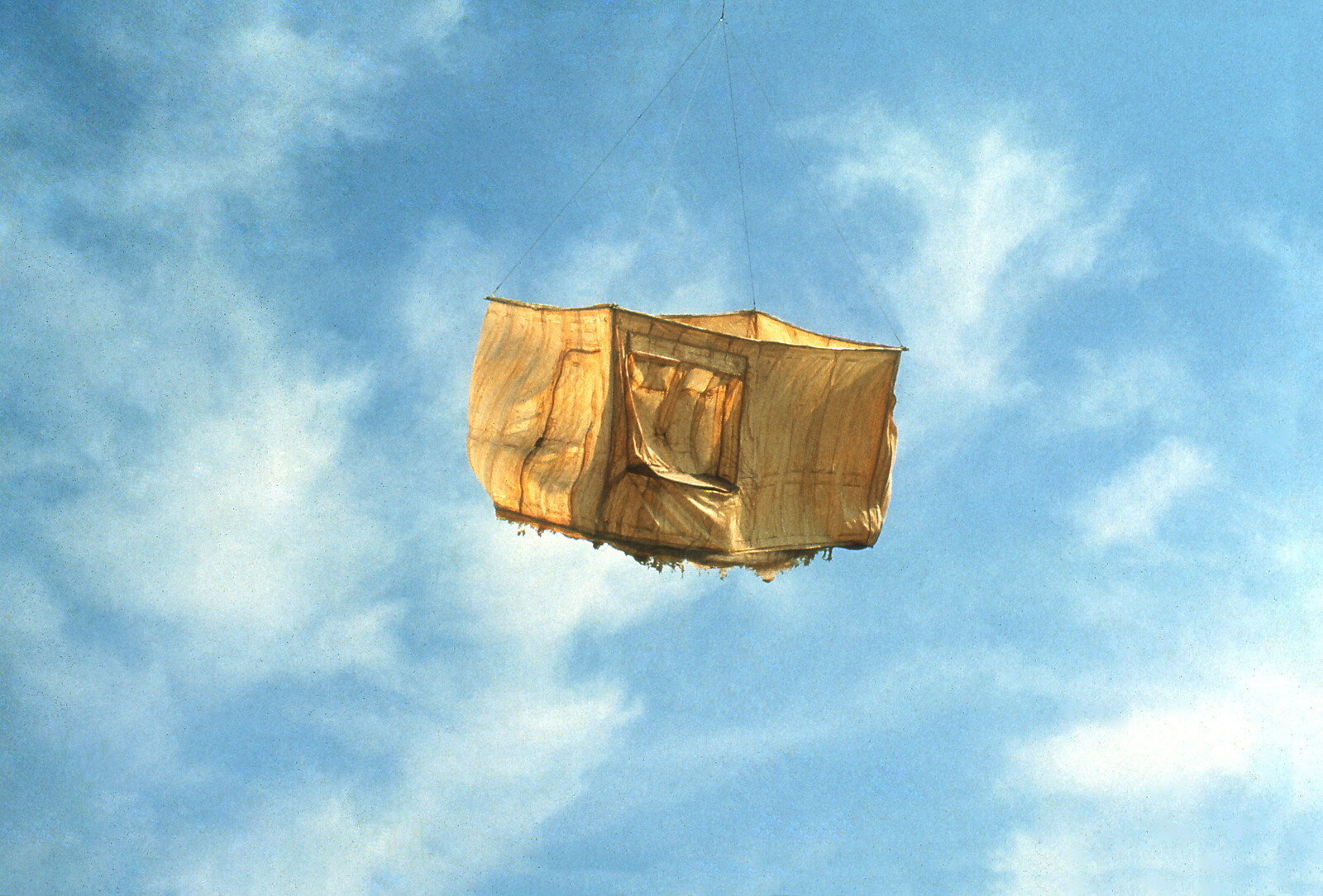September 19–December 9, 2018
32 Fitzroy Square
London W1T 6EX
UK
info@parasol-unit.org
Parasol unit presents the first major survey exhibition of works by Swiss artist Heidi Bucher (1926–1993) to be shown in the United Kingdom. It brings together a significant body of her enigmatic and challenging latex works made during the last two decades of her life, and includes the screening of several films which document the artist at work.
Renowned for her latex casts of room interiors, objects, clothing and the human body, which Bucher herself referred to as Häutungen (skinnings), her work process has often been thought of as a break from her past, whilst at the same time preserving haunting manifestations of it. To make her skinnings, Bucher first covered a surface with gauze before applying successive layers of liquid latex to it. The peeling-off process was usually a dramatic and performance-like stage of the work which was very important to Bucher. It required extreme technical, physical and mental rigour and conviction, and could only be done once Bucher deemed the latex to be sufficiently dry.
Displayed in the ground-floor gallery is a series of Bucher’s large-scale latex skinnings. Her first Raumhaut (room skin), Borg, 1976, stands on the floor taut, like a minimalist sculpture, in a fleshy almost opaque replica of the cold-store structure of a former butcher’s shop in Switzerland that she used as her studio after returning from the United States. In contrast, a later interior moulding of a former psychiatric sanatorium, Kleines Glasportal, Bellevue Kreuzlingen, 1988, looks more like an organically grown structure through which enough light passes to create an ethereal object that is nonetheless loaded with psychological connotations.
Whether physical or metaphysical, spaces were of the greatest interest to Bucher, particularly those existing in a state of flux. Concepts of temporality and transience manifest within her work, as for instance in her use of water imagery. In Die Quelle, 1987, an outdoor work which stands on the terrace of Parasol unit, a vase appears to be hovering high in the air with a cascade of latex “water” flowing from its spout.
In the first-floor gallery the works are on a somewhat smaller scale, such as the structures in Bucher’s Glue House series, Weissleimhaus, 1976–1983, which continue to explore strict minimalist ideas in ways that counteract their fragility. Captivated by notions of ephemerality and transformation, Bucher embodies these ideas in several of her works. Her latex costume-object Libellenkleid, 1976, and Der Schlüpfakt der Parkettlibelle, 1983, are shiny with the sheer luminescence of mother-of-pearl pigments. The surface of these works is akin to the delicate wings of a dragonfly. In a process similar to Bucher’s skinning, a dragonfly larva sheds its skin to reveal an enchanting dragonfly, which may live only a few days. Dichotomies abound within Bucher’s intriguing and innovative oeuvre, and precisely because of them, her works are alive with creative energy.
Curated by Ziba Ardalan, Founder/Director of Parasol unit, the Heidi Bucher exhibition is documented in a comprehensive publication containing three insightful essays, and is expanded upon through a tailored programme of educational events.
Parasol unit appreciates the generous support of Art Mentor Foundation Lucerne, Henry Moore Foundation, Pro Helvetia, Stanley Thomas Johnson Foundation, and Swiss Cultural Fund UK.


